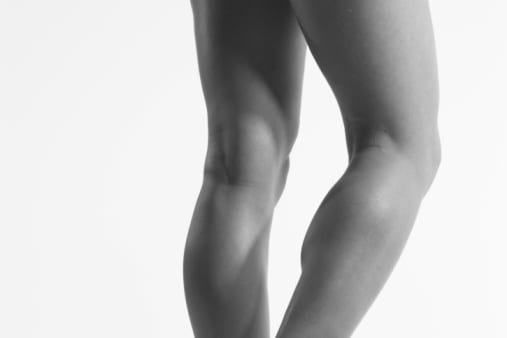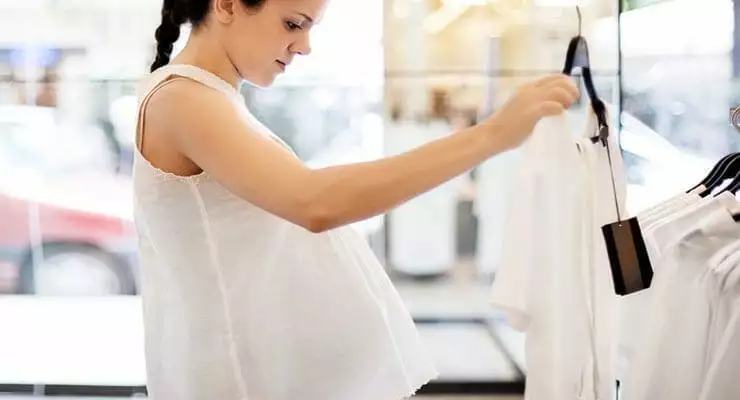Search Results for: Varicose
How to Prevent Varicose Veins
Varicose veins are enlarged, bulging veins. According to the Mayo Clinic, in addition to the bulge, symptoms may include pain, night cramps, itchiness and feelings of heaviness. Varicose veins can occur anywhere in the body, but usually develop in the legs. They are fairly common and according to the John Hopkins Bayview Vein Center, occur more often in women than in men. Although certain risk factors such as family history are not controllable, there are steps to take to help prevent varicose veins.
How to Hide Varicose Veins
Summer is coming and you know what that means—time to unveil those legs that have been hibernating under winter clothes for months. Are your legs ready? You may have done everything to prepare your legs to face the world—you had them waxed, tanned and toned. Yet they’re still not ready. Just when you thought you had the sexiest legs on the block, out popped some varicose veins. As common as varicose veins are–the US Department of Health and Human Services estimates that 50 to 55 percent of American women have them–they’re still regarded as unsightly and ultimately unsexy. Varicose veins are blue-tinged, raised veins that commonly occur on legs. These veins have faulty valves that slow down blood flow, making them appear twisted and swollen. Raised veins are mostly a cosmetic problem but they can cause pain. Women usually get them in their early twenties. Varicose veins are usually the result of pregnancy, weight gain, your body type, or standing on your feet for a prolonged period of time. Whatever the cause, it’s simple to hide those unsightly veins and achieve the legs you desire.
How to Treat Varicose Veins
Varicose veins most often affect the legs and feet. Valves in the veins that help to pump blood back toward the heart can weaken or be damaged. When this happens blood pools in the veins causing them to swell. While varicose veins may sometimes lead to complications, in most cases, the condition may cause discomfort, but not serious medical problems. The American Society for Dermatologic Surgery points out that even though some people are genetically inclined to get varicose veins, there are treatments and preventive measures that can help to minimize the symptoms.
4 Ways to Cure Varicose Veins
What goes down must go up when it comes to blood circulating to your legs. Because the blood fights against gravity, if the one-way valves that open to let blood back to your heart are weak or damaged, blood can back up, resulting in varicose veins. According to the National Heart Lung and Blood Institute, a number of factors may increase your risk for varicose veins, including a family history of them, obesity and pregnancy.
Tight Clothes During Pregnancy
Like it or not, you will gain weight when you are pregnant. It doesn’t matter how small or big you are when you start this nine-month journey, you will be larger at the end. If you wear comfortably fitting clothes, you might find these rather snug in a few months. If you wear tight clothes, they will soon be impossible to wear. Don’t fret; plenty of maternity clothes can replace your wardrobe to keep you comfortable and fashionable.


